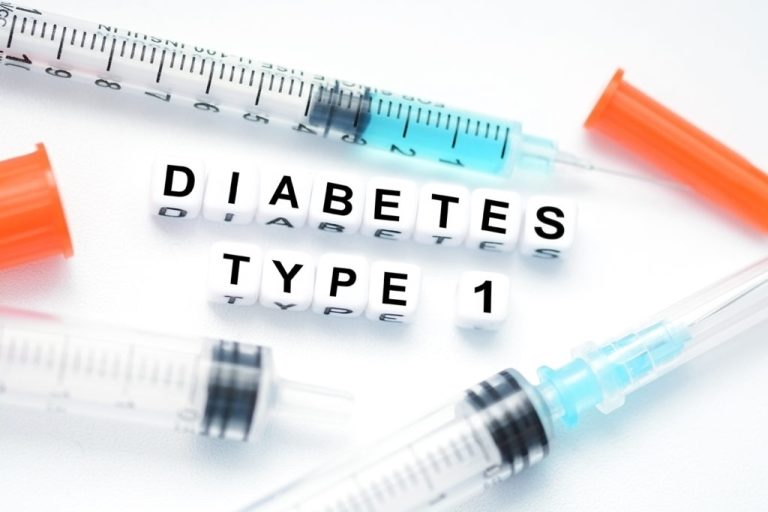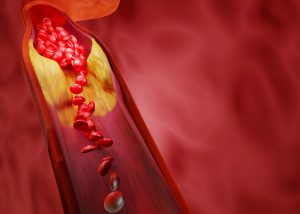What is type 1 diabetes?
As compared to type 2 diabetes, type 1 diabetes is far rarer. In Singapore, the International Diabetes Federation estimated that there were around 200 individuals aged 0-19 living with type 1 diabetes in 2021. Type 1 diabetes is defined as a condition where the pancreas does not produce insulin due to the destruction of pancreatic cells by the immune system. The body’s immune system normally works to keep us healthy by attacking foreign pathogens or germs and fighting off infection. In the case of Type 1 diabetes, the immune system attacks the β-cells of the pancreas- the cells charged with producing the body’s supply of insulin.
Insulin helps blood sugar enter the cells in your body for use as energy. Without insulin, blood sugar cannot pass into the cells and builds up in the bloodstream. High blood sugar is damaging to the body affecting the kidneys, nerves, eyes, and circulation.
Type 1 diabetes was once called insulin-dependent or juvenile diabetes. It usually develops in children, teens, and young adults, but it can happen at any age.
How is it diagnosed?
Sometimes type 1 diabetes is diagnosed after a hyperglycemic event. Many times, children and adolescents can develop diabetes without ever being aware of a change in their condition. Without the production of insulin, patients can have their blood sugar elevate quickly causing a hyperglycemic crisis. Generally, after one of these events, a diagnosis of diabetes is apparent. Also, a common blood glucose test can be used to test for diabetes.
If your doctor thinks you have type 1 diabetes, your blood may also be tested for autoantibodies. The presence of autoantibodies in your system is evidence that your body is attacking itself. These are often found with type 1 diabetes but not with type 2. You may have your urine tested for ketones too. Ketones are produced when your body burns fat for energy. Having ketones in your urine indicates you have type 1 diabetes instead of type 2.
How is it managed?
Where type 2 diabetes generally can be managed with diet, exercise, weight reduction, or medication; all patients with type 1 diabetes need insulin treatment. Because in type 1, the pancreas does not produce insulin, that insulin must be administered by the patient via a syringe or a continuous pump. Type 1 diabetics are dependent upon exogenous insulin and require it for their survival.
If you have questions or are concerned about your blood glucose levels, please talk to your primary care provider or a doctor on our panel. Information in this article is for informational purposes only and cannot be used to treat or diagnose disease.
References
https://www.cdc.gov/diabetes/basics/





